June 19, 2025 | 02:08 GMT +7
June 19, 2025 | 02:08 GMT +7
Hotline: 0913.378.918
June 19, 2025 | 02:08 GMT +7
Hotline: 0913.378.918
It is common knowledge that livestock farms in Hai Phong, whether small or large, are all utilizing bank loans to develop production. Having suffered damage after Typhoon No. 3, all calculations of expected revenue were disrupted, and farm owners worried that when the deadline came, they would not have money to pay the debt or bank interest.
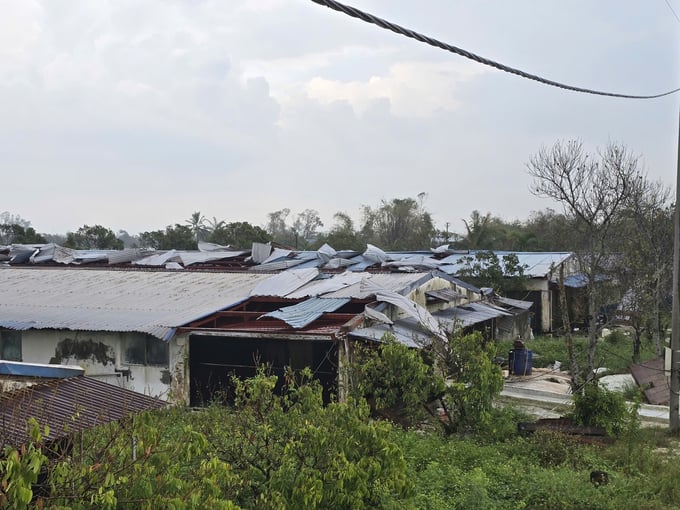
The devastated pig breeding farm of Bui Minh Hoa's family on Bau Island after Typhoon Yagi. Photo: Dinh Muoi.
In My Duc commune, An Lao district, Bui Minh Hoa's pig farm is located within the Bau island area, surrounded by a wide and deep river, making this area almost inviolable in recent years. With a strict farming process, even Hoa himself did not expect that one day his family's "famous" pig farm would suffer such great losses.
“The storm hit and the power went out. The workers had to crawl on the road to get to shelter, and I followed the riverbank to the end of the farm to start the generator. Due to the strong wind, the electrical system in the sow pen short-circuited, so when I started the generator, the whole herd of pigs was electrocuted to death,” Hoa said.
Although there were no casualties, the damage inflicted on the farm was possibly worth tens of billions of VND. Everything was paralyzed, and there was almost no income left, so overcoming the consequences and the costs to get the entire farm back into operation would be very difficult without assistance from the State and banks.
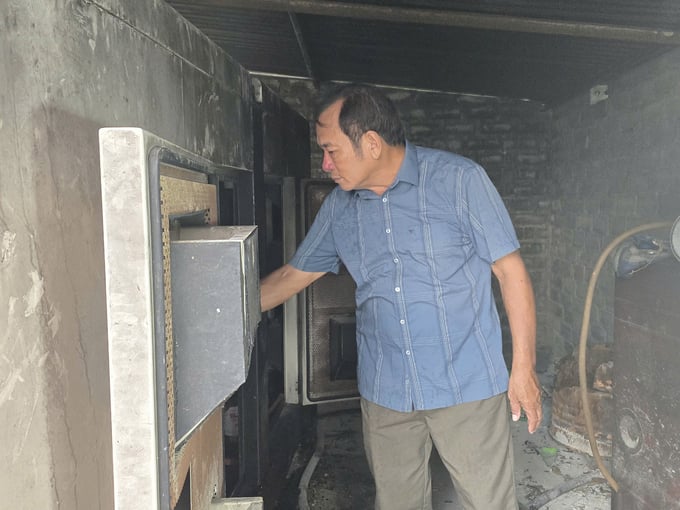
Bui Minh Hoa points to the generator that caused the sows to die. Photo: Dinh Muoi.
Nguyen Van Thap's family in Tan Thanh ward also suffered a lot of loss after Typhoon No. 3 as the entire barn was flooded, the corrugated iron roof was blown off, causing more than 300 pigs ready to be sold to die. To limit the damage, Thap was forced to move the pigs to Thai Binh province overnight, hoping to "save as much as possible," but the pigs were slowly dying due to being submerged in water for so long.
“My family is currently in debt to the bank and acquaintances for the livestock farm, so if the debt is not deferred or extended, it will be very difficult to resolve all the debts. If we pay the bank, we will not have money to invest in reproduction and vice versa,” he said.
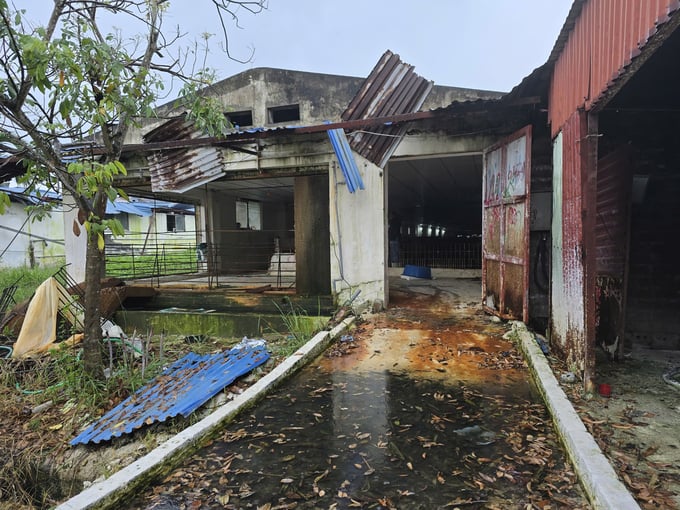
A pig farm devastated after the storm. Photo: Dinh Muoi.
After Typhoon No. 3, water sources in canal systems were mostly polluted. Many places emitted foul odors due to objective conditions, and floodwater could not drain quickly. Almost all livestock farms, particularly in low-lying areas, were flooded or had rainwater overflow. If there were no measures to handle, the risk of disease outbreaks was extremely high.
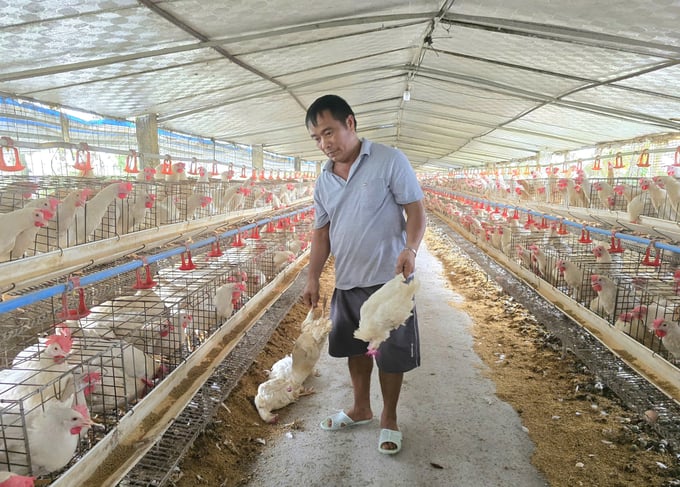
Chickens in some farms began to die sporadically. Photo: Dinh Muoi.
Being an experienced large-scale breeder with more than 20,000 egg-laying chickens but after the storm, Nguyen Quang Vinh (Toan Thang commune, Tien Lang district) still suffered losses of more than 2,000 chickens and 1,500 m2 of corrugated iron roof, totaling VND 1 billion.
From his perspective, although the damage was quite large and it would take two years for all systems to return to normal, what he worries about most right now is the spread of diseases. "If we are not careful, the damage could be many times greater than the storm," Vinh said.
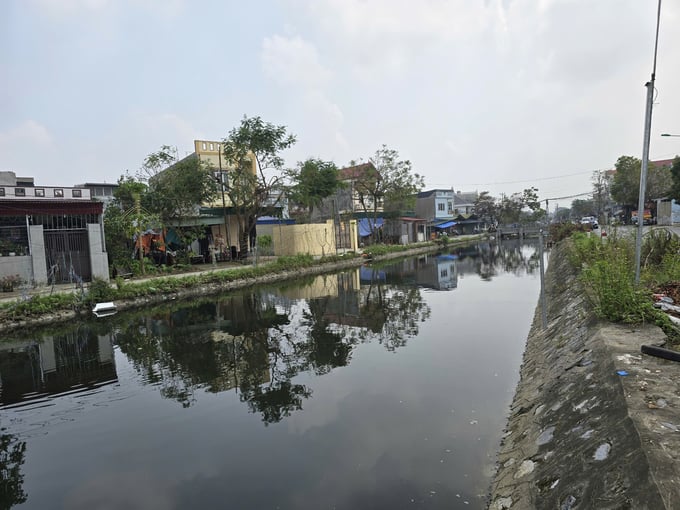
Water from livestock farms and residential areas overflows into canals after heavy rains, causing serious pollution. It is also one of the sources of disease transmission. Photo: Dinh Muoi.
Hai Phong Department of Agriculture and Rural Development has requested localities to strengthen monitoring to detect early and promptly handle cases of livestock and poultry infected with disease or suspected of being infected with diseases such as African swine fever, avian influenza, foot-and-mouth disease, lumpy skin disease in cattle and buffalo, and blue ear disease.
People and farm owners absolutely must not slaughter, conduct trades on sick or dead animals, and must not throw dead animals into the environment. As for livestock and poultry in areas where epidemics have occurred, high-risk areas, and areas affected by floods, it is necessary to quickly review and organize full vaccination according to regulations.
Translated by Samuel Pham
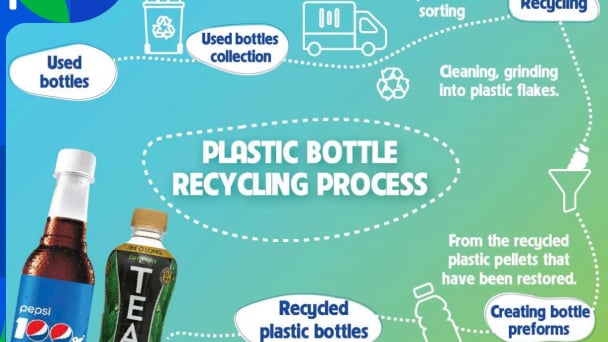
(VAN) To address plastic pollution, closing the plastic recycling cycle will bring significant economic and environmental benefits.
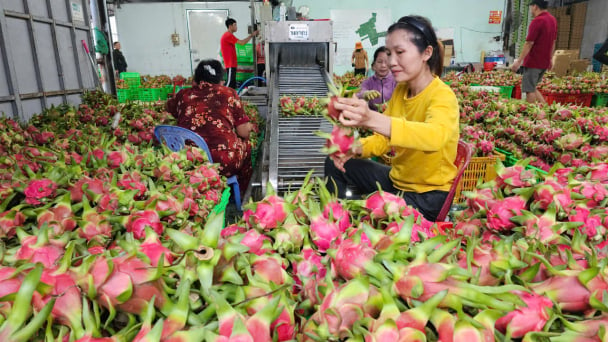
(VAN) According to the Binh Thuan Department of Industry and Trade, in the first five months of 2025, Binh Thuan's dragon fruit export turnover increased by 20.65% compared to the same period last year.
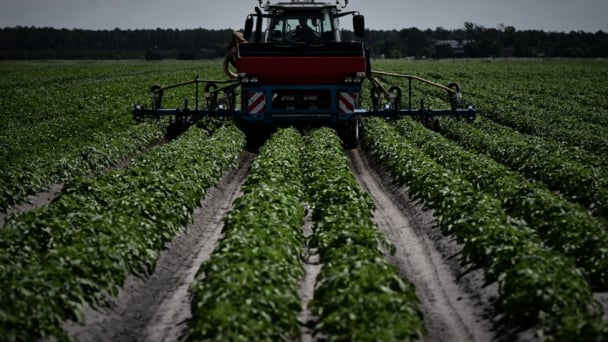
(VAN) EU countries on Thursday gave final approval to new tariffs on fertilizer imports from Russia, a move aimed at cutting off revenue that could support Moscow’s war in Ukraine, despite concerns from European farmers.

(VAN) The working delegation from the Ministry of Agriculture and Environment conducted an important trip to the Netherlands to strengthen strategic partnerships and sustainable development in the agricultural sector.

(VAN) The letter ‘A Plea from the Ocean’ not only evokes emotion but also awakens the human conscience to the responsibility of protecting life on Earth.

(VAN) The Department of Agriculture in South Africa has announced the country’s first mass vaccination of poultry to prevent local birds from contracting avian influenza.

(VAN) Establishment of the Mekong Delta Regional Agricultural Linkage Center, aiming for a closed value chain, deep processing, trading platforms, and international market connectivity.